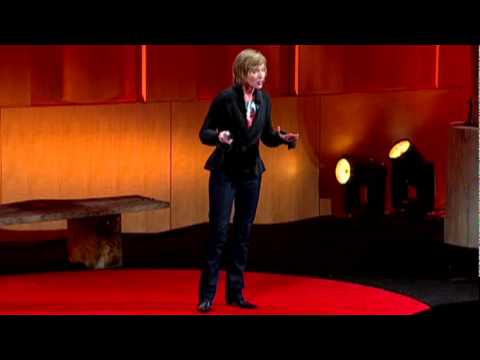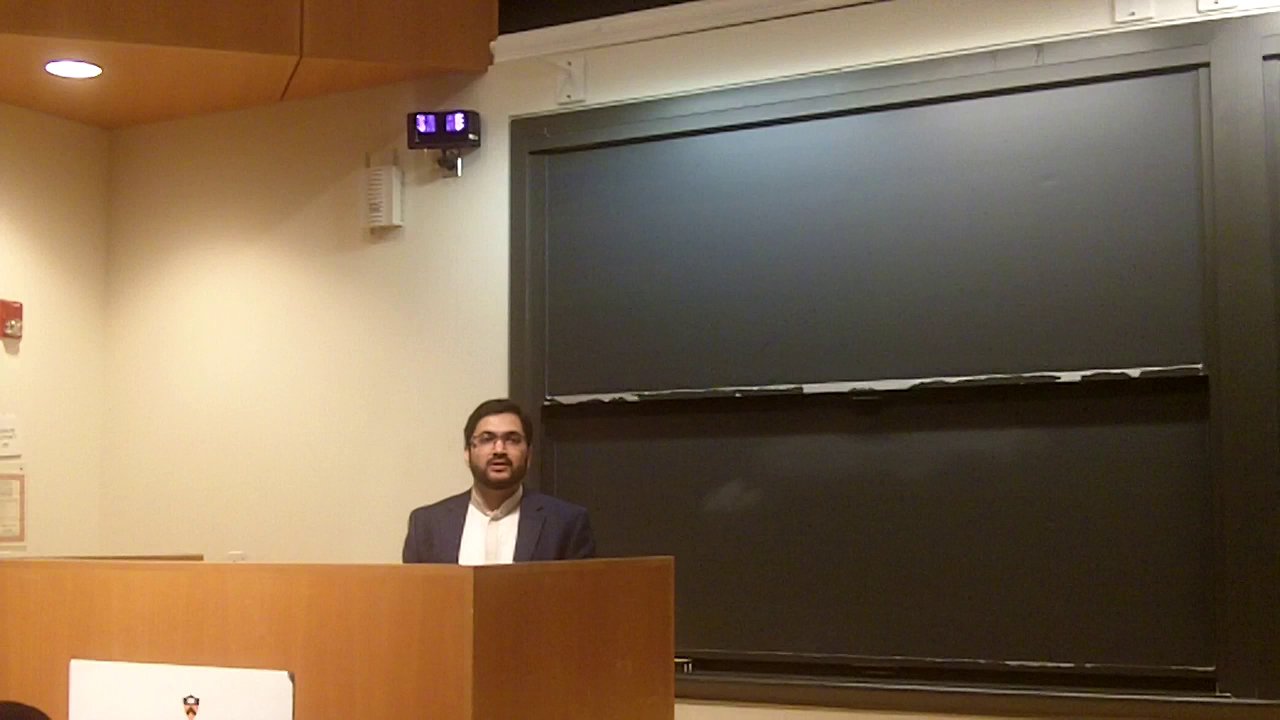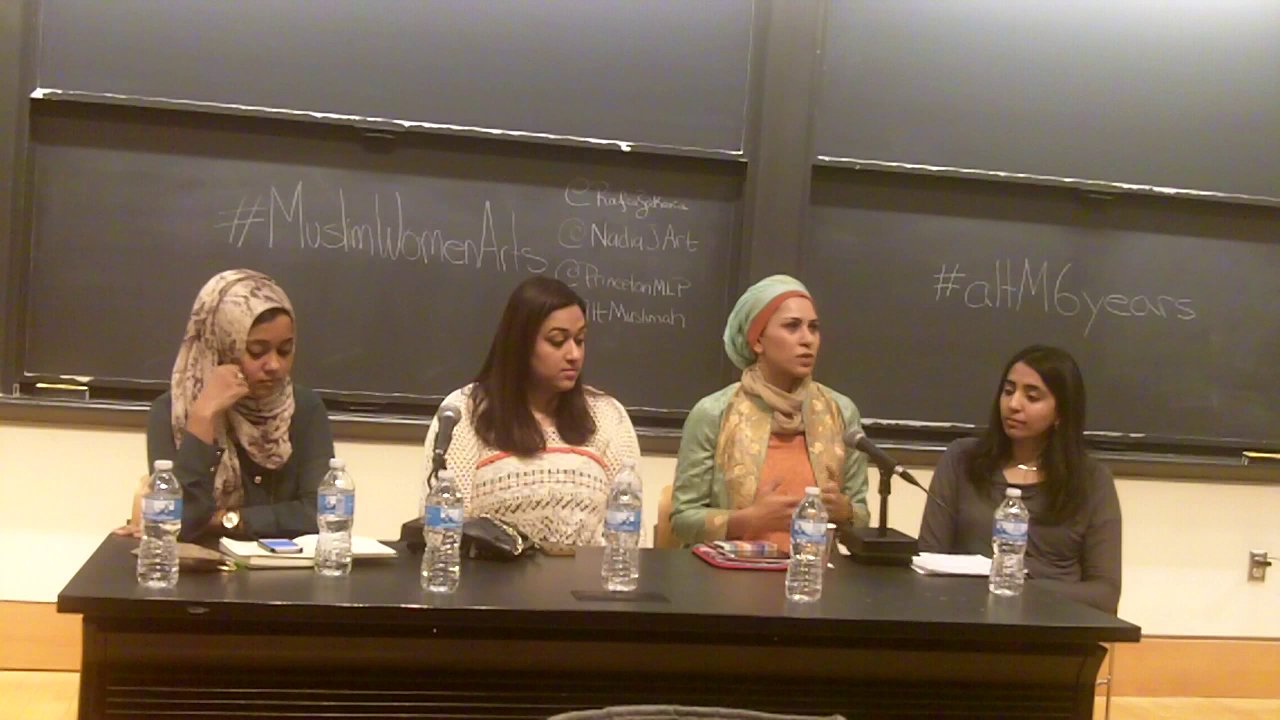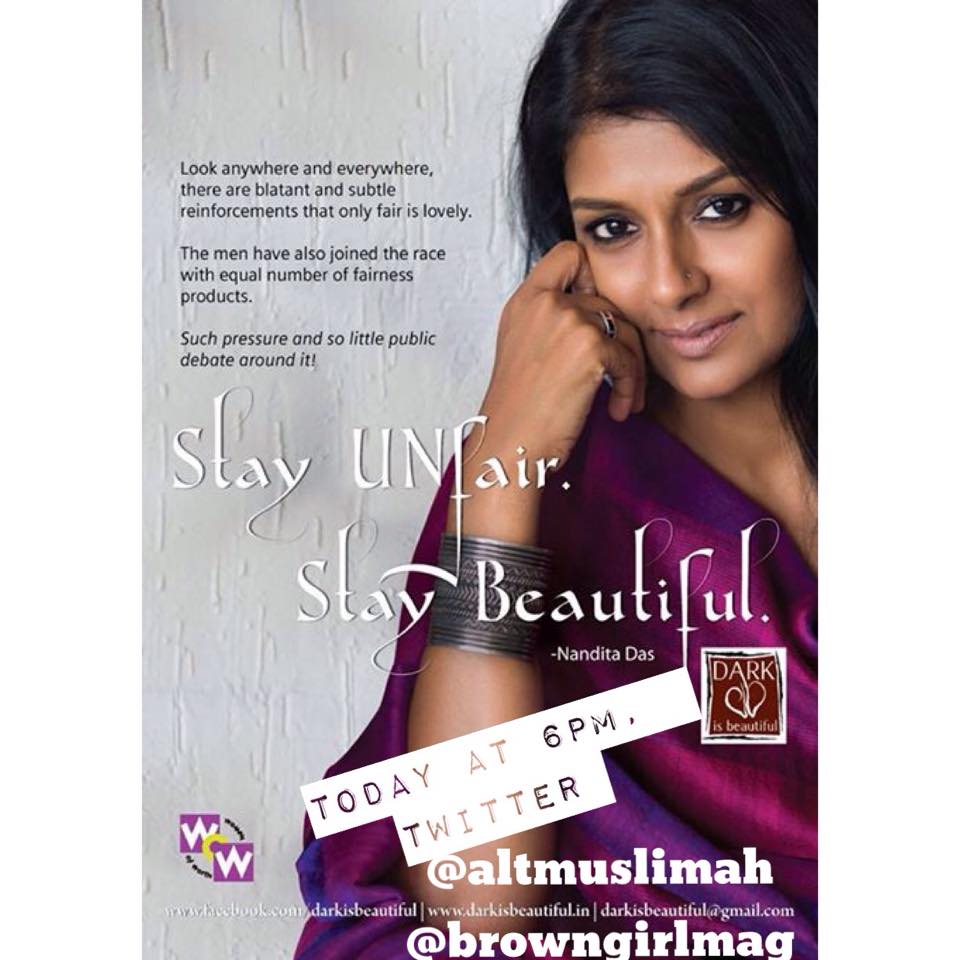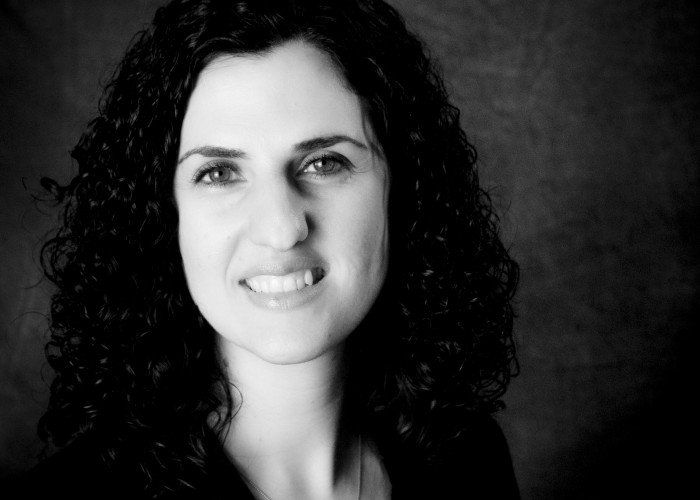Media and advertising companies still use the same old demographics to understand audiences, but they’re becoming increasingly harder to track online, says media researcher Johanna Blakley. As social media outgrows traditional media, and women users outnumber men, Blakley explains what changes are in store for the future of media.
Transcript
I’m going to make an argument today that may seem a little bit crazy: social media and the end of gender. Let me connect the dots. I’m going to argue today that the social media applications that we all know and love, or love to hate, are actually going to help free us from some of the absurd assumptions that we have as a society about gender. I think that social media is actually going to help us dismantle some of the silly and demeaning stereotypes that we see in media and advertising about gender.
If you hadn’t noticed, our media climate generally provides a very distorted mirror of our lives and of our gender. And I think that’s going to change. Now most media companies — television, radio, publishing, games, you name it — they use very rigid segmentation methods in order to understand their audiences. It’s old-school demographics. They come up with these very restrictive labels to define us. Now the crazy thing is that media companies believe that if you fall within a certain demographic category then you are predictable in certain ways. You have certain taste, that you like certain things. And so the bizarre result of this is that most of our popular culture is actually based on these presumptions about our demographics.
Age demographics: The 18 to 49 demo, has had a huge impact on all mass media programming in this country since the 1960s, when the baby boomers were still young. Now they’ve aged out of that demographic, but it’s still the case that powerful ratings companies like Nielson don’t even take into account viewers of television shows over age 54. In our media environment, it’s as if they don’t even exist. Now if you watch “Mad Men” like I do — it’s a popular TV show in the States — Dr. Faye Miller does something called psychographics, which first came about in the 1960s, where you create these complex psychological profiles of consumers. But psychographics really haven’t had a huge impact on the media business. It’s really just been basic demographics.
So I’m at the Norman Lear Center at USC. And we’ve done a lot of research over the last seven, eight years on demographics and how they affect media and entertainment in this country and abroad. And in the last three years we’ve been looking specifically at social media to see what has changed. And we’ve discovered some very interesting things. All the people who participate in social media networks belong to the same old demographic categories that media companies and advertisers have used in order to understand them. But those categories mean even less now than they did before. Because with online networking tools, it’s much easier for us to escape some of our demographic boxes. We’re able to connect with people quite freely and to redefine ourselves online. And we can lie about our age online too pretty easily. We can also connect with people based on our very specific interests. We don’t need a media company to help do this for us.
So the traditional media companies, of course, are paying very close attention to these online communities. They know this is the mass audience of the future. They need to figure it out. But they’re having a hard time doing it because they’re still trying to use demographics in order to understand them, because that’s how ad rates are still determined. When they’re monitoring your clickstream — and you know they are — they have a really hard time figuring out your age, your gender and your income. They can make some educated guesses. But they get a lot more information about what you do online, what you like, what interests you. That’s easier for them to find out than who you are. And even though that’s still creepy, there is an upside to having your taste monitored. Suddenly our taste is being respected in a way that it hasn’t been before. It had been presumed before.
So when you look online at the way people aggregate, they don’t aggregate around age, gender and income. They aggregate around the things they love, the things that they like. And if you think about it, shared interests and values are a far more powerful aggregator of human beings than demographic categories. I’d much rather know whether you like “Buffy the Vampire Slayer” rather than how old you are. That would tell me something more substantial about you.
Now there’s something else that we’ve discovered about social media that’s actually quite surprising. It turns out that women are really driving the social media revolution. If you look at the statistics — these are worldwide statistics — in every single age category, women actually outnumber men in their use of social networking technologies. And then if you look at the amount of time that they spend on these sites, they truly dominate the social media space, which is a space that’s having a huge impact on old media. The question is, what sort of impact is this going to have on our culture, and what’s it going to mean for women? If the case is that social media is dominating old media and women are dominating social media, then does that mean that women are going to take over global media? Are we suddenly going to see a lot more female characters in cartoons and in games and on TV shows? Will the next big-budget blockbuster movies actually be chick flicks? Could this be possible, that suddenly our media landscape will become a feminist landscape?
Well, I actually don’t think that’s going to be the case. I think that media companies are going to hire a lot more women, because they realize this is important for their business. And I think that women are also going to continue to dominate the social media sphere. But I think women are actually going to be — ironically enough — responsible for driving a stake through the heart of cheesy genre categories like the chick flick and all these other genre categories that presume that certain demographic groups like certain things, that Hispanics like certain things, that young people like certain things. This is far too simplistic. The future entertainment media that we’re going to see is going to be very data-driven, and it’s going to be based on the information that we ascertain from taste communities online, where women are really driving the action.
So you may be asking, well why is it important that I know what entertains people? Why should I know this? Of course, old media companies and advertisers need to know this. But my argument is that, if you want to understand the global village, it’s probably a good idea that you figure out what they’re passionate about, what amuses them, what they choose to do in their free time. This is a very important thing to know about people. I’ve spent most of my professional life researching media and entertainment and its impact on people’s lives. And I do it, not just because it’s fun — though actually, it is really fun — but also because our research has shown over and over again that entertainment and play have a huge impact on people’s lives — for instance, on their political beliefs and on their health. And so, if you have any interest in understanding the world, looking at how people amuse themselves is a really good way to start.
So imagine a media atmosphere that isn’t dominated by lame stereotypes about gender and other demographic characteristics. Can you even imagine what that looks like? I can’t wait to find out what it looks like.
Thank you so much.
(Applause)
As the Deputy Director of the Norman Lear Center (a media-focused think tank at the University of Southern California), Johanna Blakley spends much of her time exploring how our entertainment interacts with our political, commercial and social habits.

